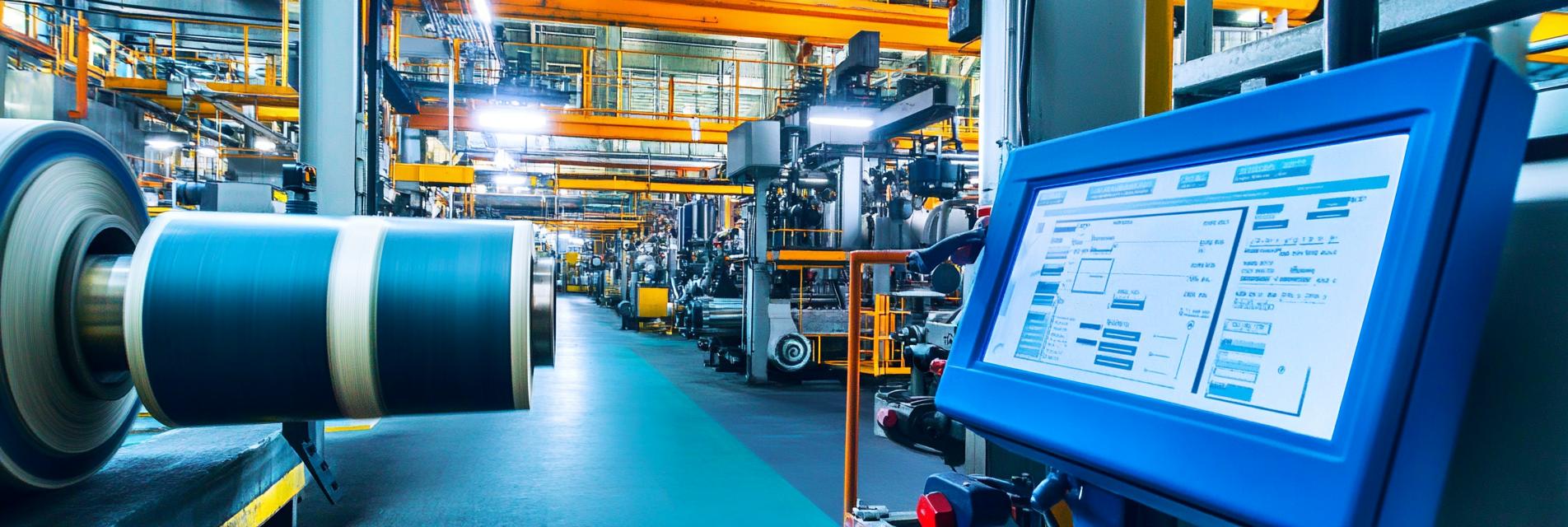As I dive into the world of rubber production, it’s hard not to feel the heat—quite literally! Temperature monitoring has come a long way, and honestly, it’s both fascinating and crucial. Let’s unwrap the latest advancements that keep our rubber productions sizzling (not too hot, though!). 😄
Imagine trying to bake a cake without checking the oven temperature. Yikes! The same principle applies in rubber production. Temperature can significantly influence the quality of the final product. Too hot or too cold? It could lead to disaster! That’s where our brilliant temperature monitoring technology steps in.

Let’s give a round of applause to the sensors! 🎉 These small but mighty devices collect real-time data on temperature during the rubber production process. They help prevent overheating or other mishaps, ensuring that each batch maintains a high-quality standard. Believe it or not, some modern sensors even send alerts directly to your smartphone when things get too toasty!
Gone are the days of guesswork. Temperature monitoring ensures we can stick to precise quality control measures. It’s like having a trusty sidekick that tracks every little change and helps us adjust processes on the fly. With consistent monitoring, we can achieve better product uniformity, which is crucial in attracting those picky rubber enthusiasts. 😉
Who doesn’t love the word efficiency? By utilizing cutting-edge monitoring systems, we can streamline operations and reduce waste. Less waste means less environmental impact, and we all certainly want a healthier planet. Temperature monitoring helps us optimize processes, providing insights that improve operational efficiency like never before! 🌍
In conclusion, the advancements in temperature monitoring technology in rubber production are nothing short of revolutionary. With innovative sensors leading the way, we can ensure quality control, enhance production efficiency, and ultimately produce rubber products that are hot—no pun intended! So, the next time you bounce that rubber ball, remember there’s a lot of science behind it!
